Pilea Peperomoides Chinese Lucky Money Plant 19cm pot
£25.00
Out of stock
Pilea peperomoides, the Chinese money plant, ufo plant, pancake plant or missionary plant. This flowering plant is from the family Urticaceae, native to Yunnan and Sichuan provinces in southern China. Stunning extra large plant!
Please note due to nature of the product there may be some cosmetic damages on the leaves which do not impact the plants helath.

Free Care Guide With Every Purchase
Scan the plant pot QR for instant access to our care guide for your plant. No hassle, no stress, just healthy and happy plants.
Pilea peperomoides, the Chinese money plant, ufo plant, pancake plant or missionary plant. This flowering plant is from the family Urticaceae, native to Yunnan and Sichuan provinces in southern China. In many cultures is called a lucky or money plant and apparently brings happiness and wealth to households. Very often chosen as a housewarming gift!
Pilea likes bright but indirect light. Water her from the bottom and let her dry out between waterings. This plant will thrive in medium to high humidity.
Pet Friendly
- How should I water my Chinese Lucky Money Plant effectively?
- Water from the bottom to encourage healthy root growth, allowing the plant to soak up water through its drainage holes. Ensure the soil is dry between waterings to prevent overwatering.
- Is the Chinese Lucky Money Plant suitable for homes with pets?
- Yes, this plant is pet-friendly and safe for homes with pets. However, as with any plant, it’s best to keep it out of reach if your pets are known to chew on foliage.
- Can I place my Chinese Lucky Money Plant in a terrarium?
- This plant is suitable for terrarium settings due to its size and humidity preferences, but ensure the terrarium has adequate space for growth and access to indirect light.
☀️ Light
☀️☀️▫️ (Medium) – The Chinese Lucky Money Plant thrives in bright, indirect light. Avoid direct sunlight, which can scorch its leaves. A spot near a window with a sheer curtain would be ideal.
💧 Water
💧💧▫️ (Medium) – Water your Pilea when the top inch of soil feels dry. It’s better to water from the bottom to avoid soggy soil. Allow the soil to dry out slightly between waterings.
🌡️ Temperature
🌡️🌡️▫️ (Average) – Pilea prefers normal room temperatures between 18°C to 25°C. Avoid sudden temperature drops and cold drafts which could harm the plant.
💦 Humidity
💦💦▫️ (Moderate) – This plant enjoys medium to high humidity but can tolerate average home humidity levels. Consider misting occasionally or using a pebble tray to increase humidity.
🪴 Repotting
Repot your Pilea every 2 years or when it outgrows its pot. Use a well-draining potting mix to prevent waterlogging and encourage healthy root growth.
🐾 Pet Friendliness
This plant is non-toxic and safe for pets. A great choice for homes with curious cats and dogs!
🏠 Recommended locations at home
Place your Pilea in living rooms, kitchens, or bedrooms where it can receive plenty of indirect light. It’s a wonderful addition to office spaces too, thanks to its air-purifying qualities.
🌿 Air Purifying
The Pilea is known for its ability to help clean the indoor air, making it not just decorative but also beneficial for your health.
✨ Other Plant Features
Aside from its charming aesthetics and air-purifying abilities, the Pilea is believed to bring good fortune and financial prosperity into the home, making it a perfect housewarming gift.
If you have more questions about caring for your Chinese Lucky Money Plant, feel free to ask Mossbot for assistance or contact us via our website for more detailed information. And remember, we offer a free plant hospital service to help keep your houseplants thriving!
The Ultimate Care Guide for Peperomia Plants: Suitable for Vivariums and Terrariums
Introduction and History Peperomia plants are a diverse genus of over 1,000 species, originating from tropical and subtropical regions around the world, including Central and South America. First formally classified in the 18th century, Peperomia species are celebrated for their ornamental foliage and compact growth, making them perfect for indoor settings. Known as the “radiator plants,” their adaptability and charm have made them a popular choice for plant enthusiasts of all levels.
Description and Features Peperomia plants are characterised by their small stature, thick stems, and fleshy leaves, which vary greatly in shape, size, and texture. Common species include:
- Peperomia Argyreia (Watermelon Peperomia): Recognisable by its striped, watermelon-like leaves.
- Peperomia Rosso: Features deep green, lance-shaped leaves with a striking red underside.
- Peperomia Hope: A trailing variety with small, round leaves perfect for hanging planters.
- Peperomia Prostrata (String of Turtles): Known for its delicate, round leaves resembling turtle shells, ideal for terrariums.
- Peperomia Piccolo Banda: Boasts striking, silver-striped leaves with dark green veins, adding a touch of elegance to any space.
- Peperomia Obtusifolia: A classic variety with thick, glossy green leaves that’s perfect for beginners.
Key Features
- Pet-friendliness: Peperomia plants are non-toxic and safe for pets, making them a great choice for households with animals.
- Low-light tolerance: They thrive in indirect light, adapting well to shaded or moderately lit areas.
- Water efficiency: Their semi-succulent leaves store water, making them drought-tolerant.
- Compact size: Perfect for terrariums, vivariums, or small spaces.
- Beginner-friendly: Easy to care for and forgiving of occasional lapses in maintenance.
- Suitable for pet owners: Their non-toxic nature ensures they are safe around cats and dogs.
Care Instructions
1. Watering
- How much water does a Peperomia need? Water only when the top 2-3 cm of soil feels dry. Overwatering can lead to root rot, while underwatering may cause leaves to droop or wrinkle.
- Signs of overwatering: Yellowing leaves, mushy stems, and soft, blackened roots.
- What to do if you overwater your Peperomia: Allow the soil to dry out completely before the next watering. If root rot has set in, trim affected roots and repot in fresh, well-draining soil.
- Underwatering signs: Curling or wilting leaves. Rehydrate the plant by watering thoroughly and allowing excess water to drain.
2. Light Requirements
Peperomias prefer bright, indirect light but can tolerate low-light conditions, making them ideal for vivariums, terrariums, or rooms with filtered sunlight. Avoid direct sunlight, which can scorch their leaves.
3. Humidity and Temperature
- Humidity: Moderate to high humidity is ideal, mimicking their tropical origins. Terrariums provide the perfect environment for maintaining consistent humidity.
- Temperature: Maintain between 18-24°C. Protect from drafts, heaters, and cold temperatures below 10°C.
4. Plant Food
Feed with a diluted, balanced houseplant fertiliser every 4-6 weeks during the growing season (spring and summer). Reduce feeding in autumn and winter. For those searching how to fertilise a Peperomia plant, ensure you use a gentle, liquid formula.
5. Pruning
Regularly prune leggy stems and remove damaged or yellowing leaves to maintain the plant’s compact shape. How to prune a Peperomia: Use clean scissors and cut just above a node to encourage new growth.
Common Issues and Troubleshooting
1. Yellow Leaves
- Cause: Overwatering, poor drainage, or insufficient light.
- Solution:
- Check soil moisture; let it dry out if soggy.
- Move the plant to a location with bright, indirect light.
2. Leggy Growth
- Cause: Insufficient light.
- Solution: Relocate to a brighter spot or supplement with a grow light.
3. Droopy or Wrinkled Leaves
- Cause: Underwatering.
- Solution: Water thoroughly and consider increasing the frequency slightly if the soil dries out too quickly.
4. Pests
- Cause: Mealybugs, spider mites, or fungus gnats.
- Solution: Wipe leaves with neem oil or use an eco-friendly pest spray, both available on our website. Isolate the plant to prevent spreading and monitor closely.
5. Root Rot
- Cause: Overwatering and compacted soil.
- Solution: Repot with fresh, well-draining soil and trim away affected roots.
Propagation Methods
1. Leaf Cuttings
- Select a healthy leaf with a short stem and insert it into moist sphagnum moss or soil.
- Keep the cutting in a warm, humid environment, such as a terrarium or propagation station.
- Roots and new growth will appear in a few weeks.
2. Stem Cuttings
- Cut a healthy stem with at least one leaf and place it in water using a propagation tube.
- Change the water weekly to prevent stagnation.
- Once roots form, transfer the cutting to soil.
3. Division
- Remove the plant from its pot and gently separate clumps with roots intact.
- Replant each section in fresh soil and water lightly.
Sphagnum moss and stunning propagation stations to propagate Peperomia plants are available in our shop Highland Moss, ensuring successful and hassle-free propagation.
Is a Peperomia Plant Right for You? Peperomia plants are excellent for:
- Beginners: Easy care requirements make them a great starter plant.
- Terrariums and vivariums: Their compact size and love for humidity make them a perfect fit.
- Pet owners: Non-toxic and safe for households with cats and dogs.
- Gifts: Their variety and charm make them an ideal present for plant enthusiasts.
With proper care, Peperomia plants can thrive for years, adding beauty to terrariums, vivariums, and homes alike. Whether you’re wondering how to care for a Watermelon Peperomia or need tips on propagation, this guide has you covered. Remember, all plants purchased from Highland Moss come with a scannable QR code for detailed care instructions and access to our Moss Bot for 24/7 plant care support.
| 5 star | 96% | |
| 4 star | 3% | |
| 3 star | 1% | |
| 2 star | 0% | |
| 1 star | 0% |
1-5 of 1364 reviews
Reviews
There are no reviews yet
Add a review
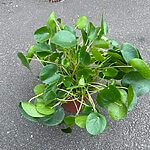 Pilea Peperomoides Chinese Lucky Money Plant 19cm pot
Pilea Peperomoides Chinese Lucky Money Plant 19cm pot
Your review
* Review is required
Name
* Name is required
Email
* Email is required
Add photos or video to your review
* Please tick the checkbox to proceed
We’re a small family business with a big love for plants.
From our base in Aberdeen, we pack every order with care and love. Our small size means we can be flexible with special requests, and we’re always happy to help. We reuse packaging, craft our own eco-friendly products, and offer friendly advice whenever you need it.
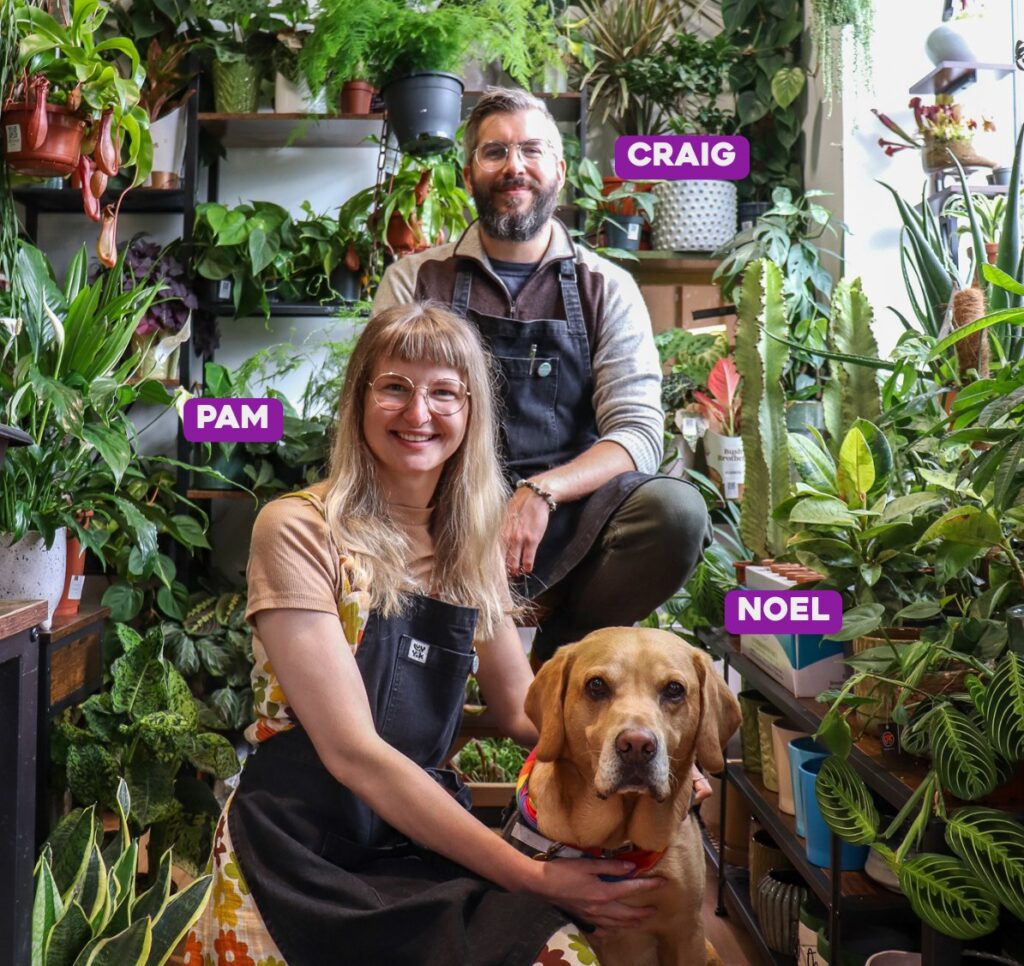
Follow us for plant inspiration, tips & behind-the-scenes!
See our opening times and get directions to our Aberdeen shop – we always love a local review too!
Highland Moss
What Our Clients Say




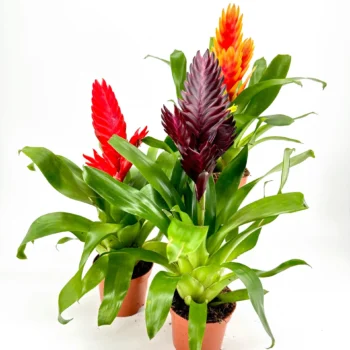
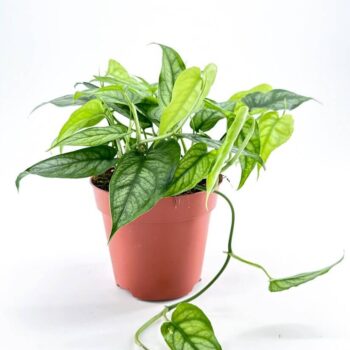
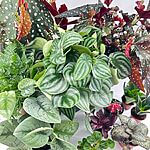


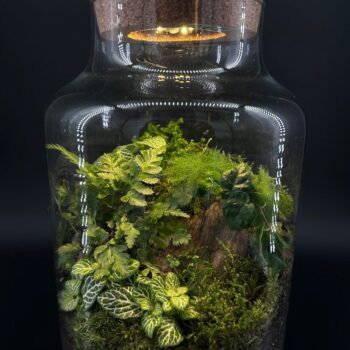

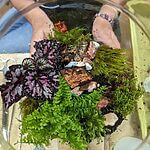


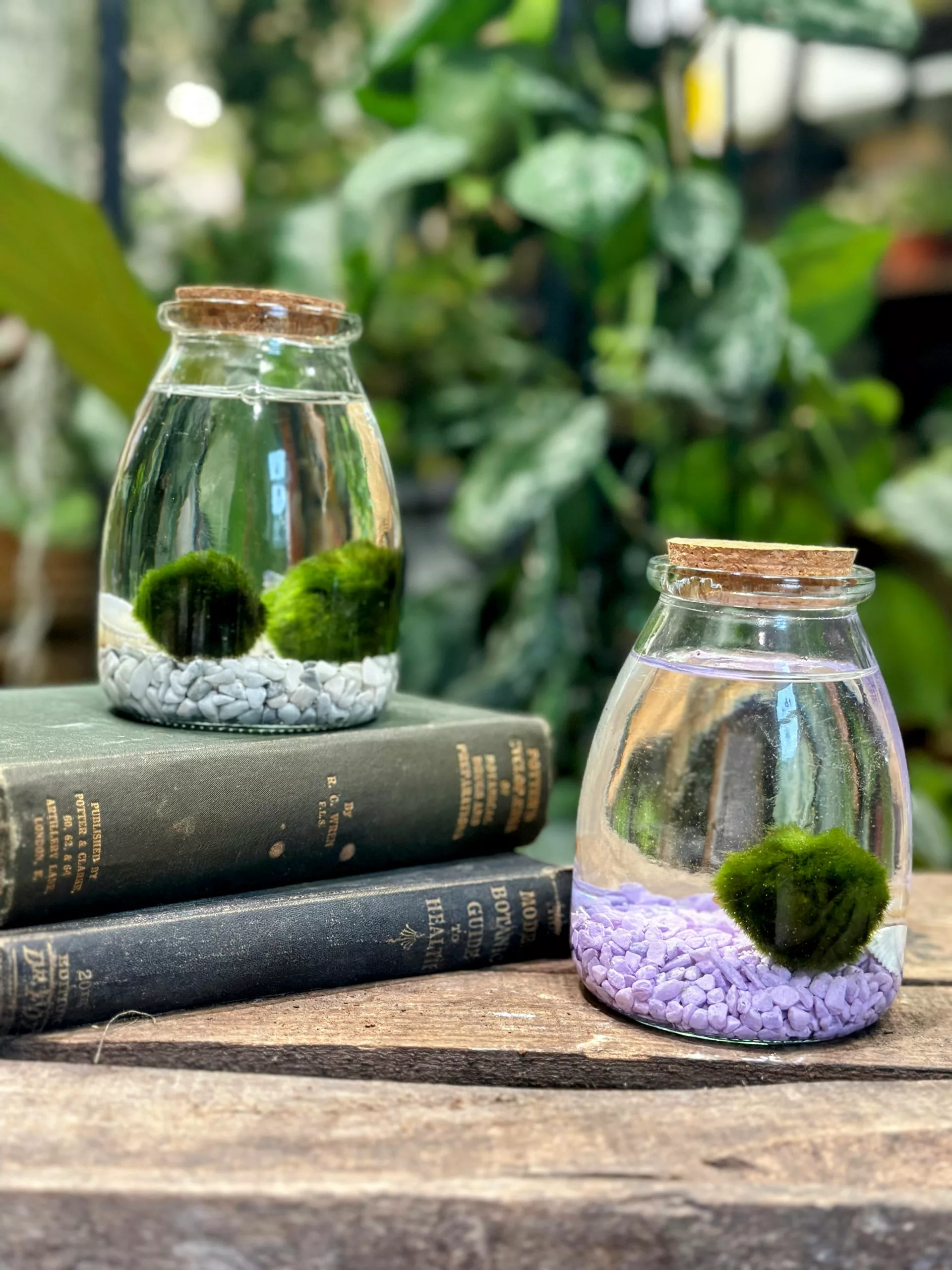
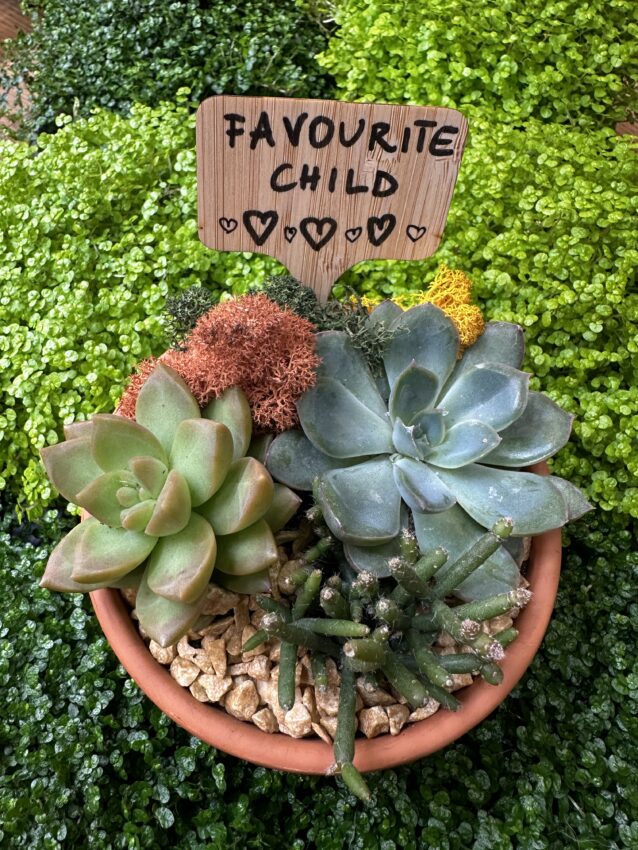
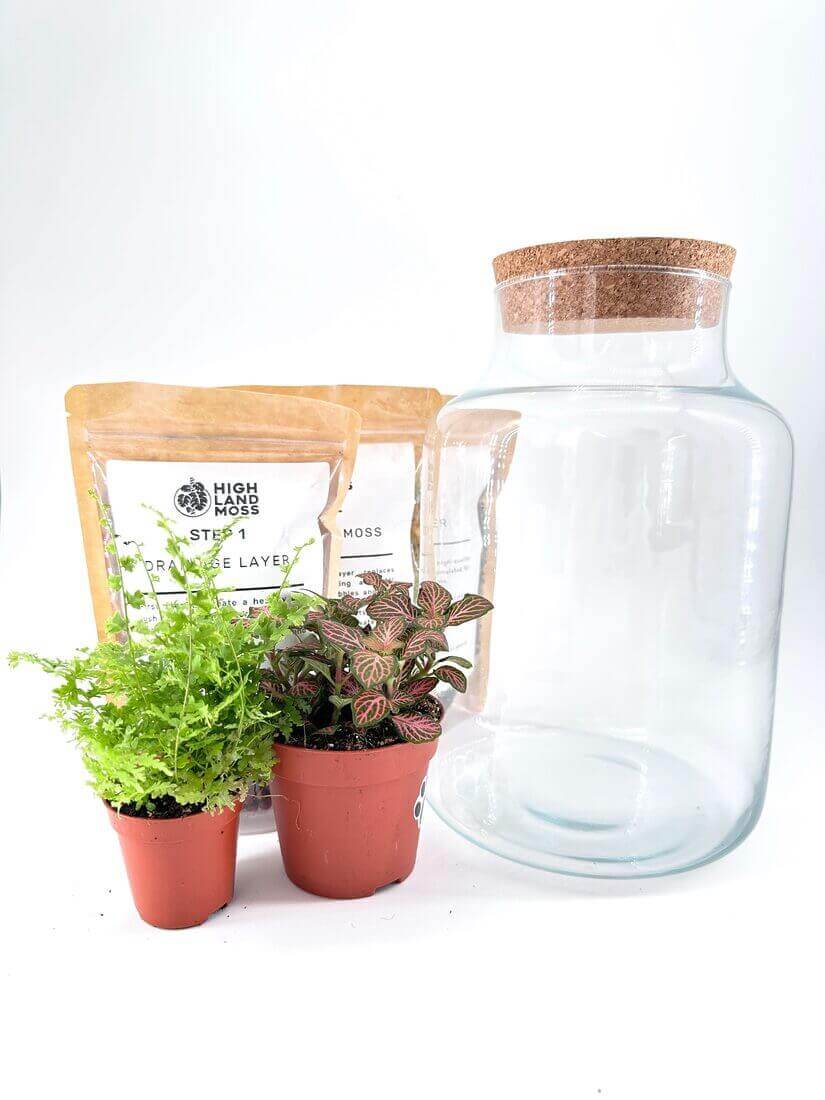
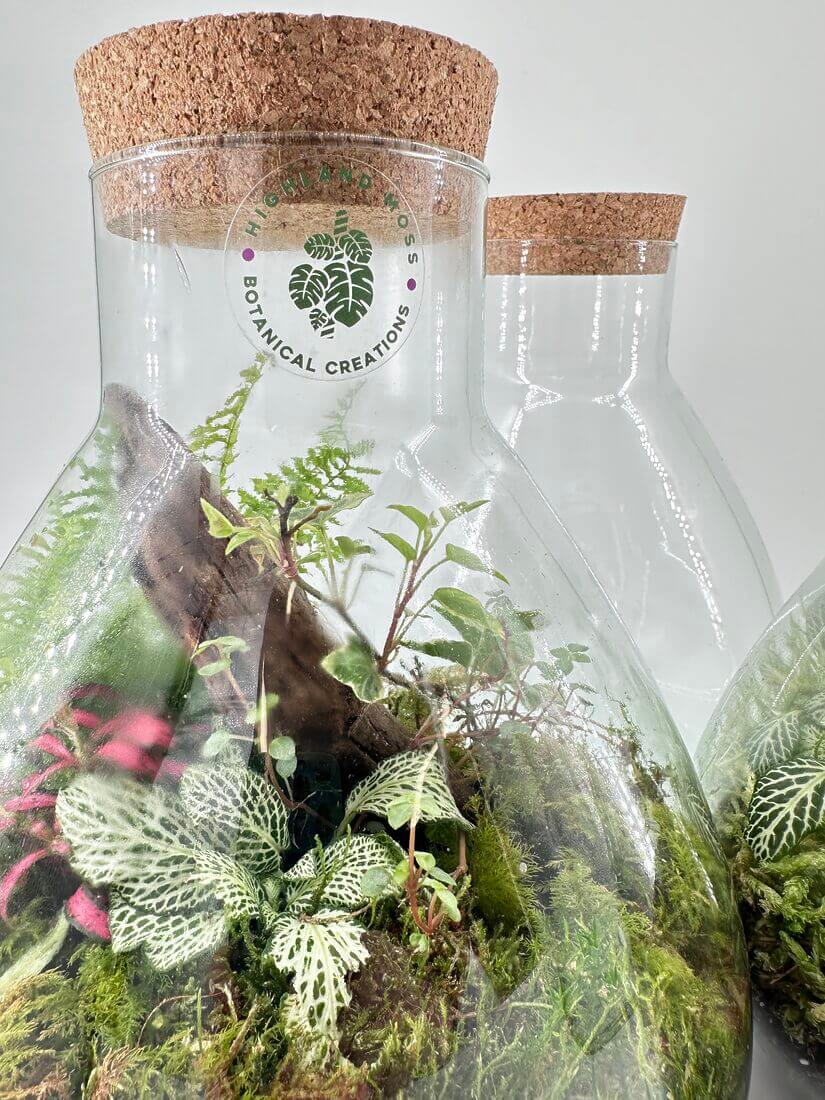
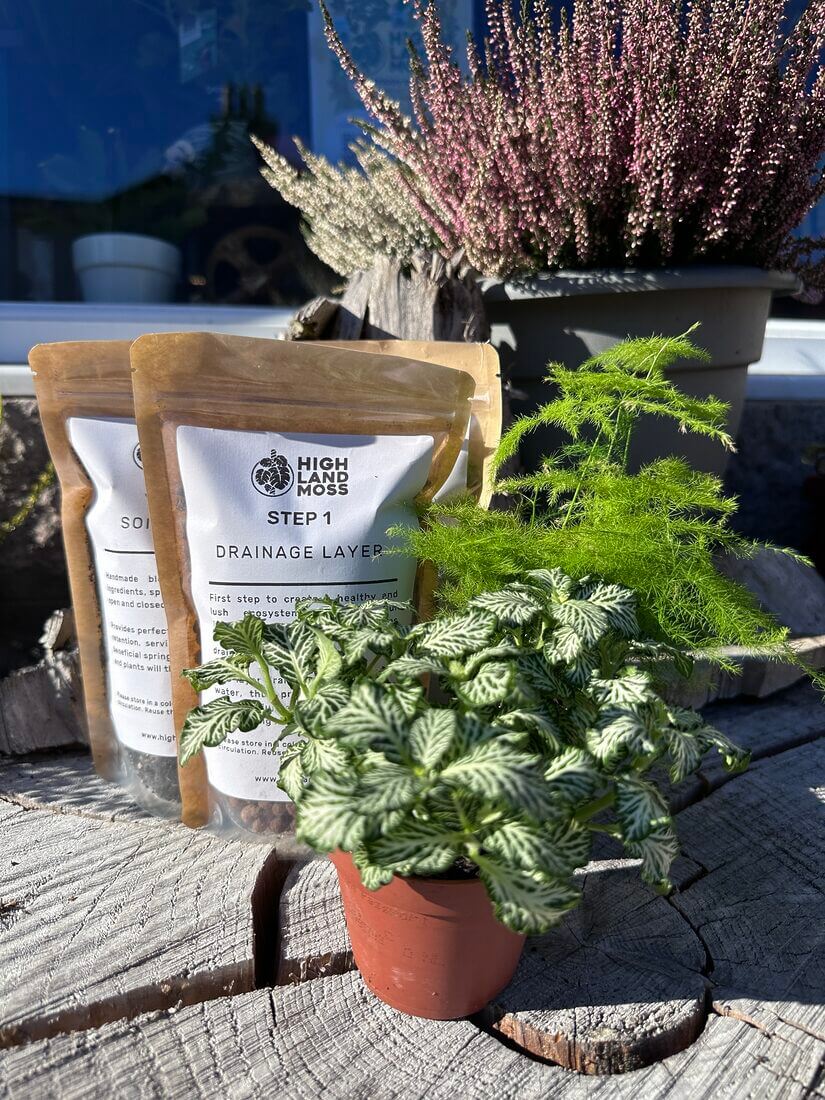

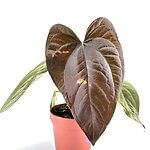


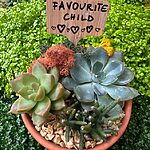
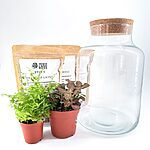

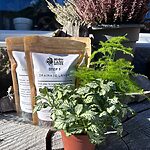


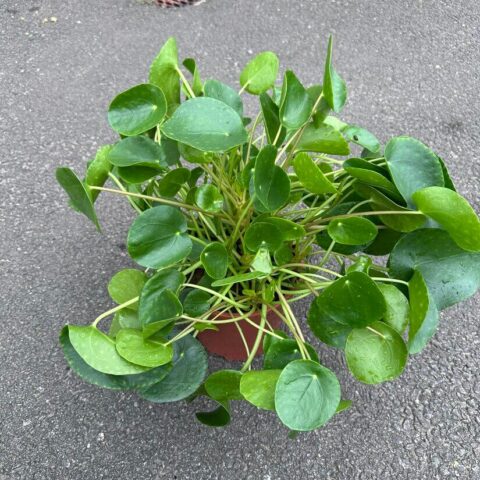







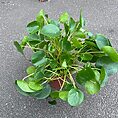
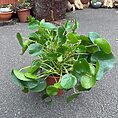


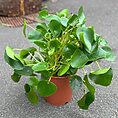

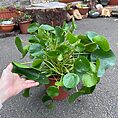

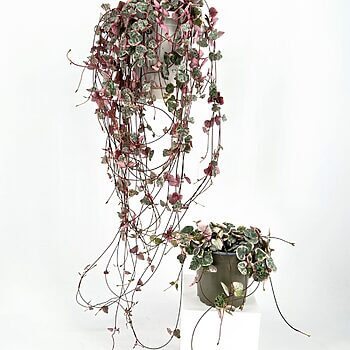
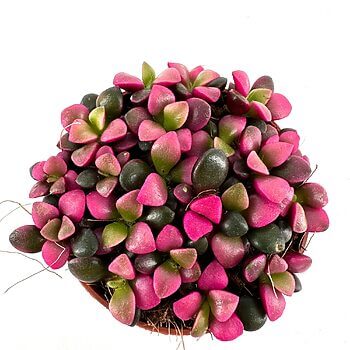
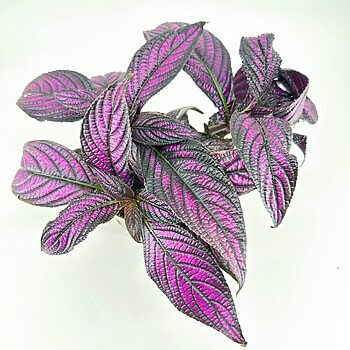
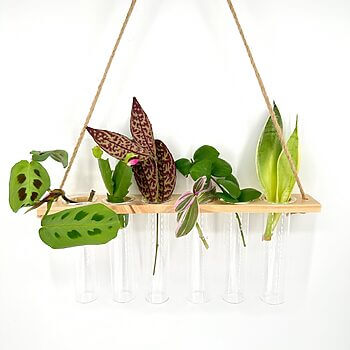

Apart from a slight hiccup with delivery everything was superb.
Delivered same day of order, fantastic service!
As always, amazing service and high quality plant from Highland Moss! Plus an added bonus of Noel and Angus’ impeccable customer support!
Responsive, fast delivery and high quality.